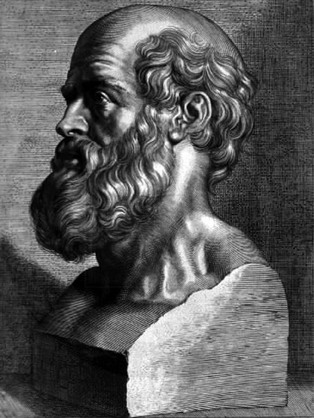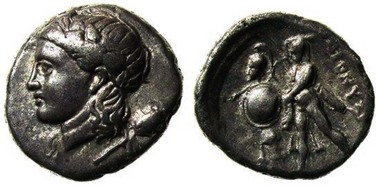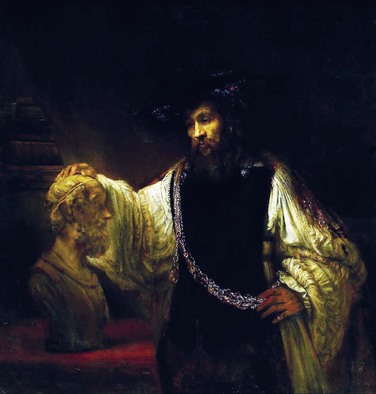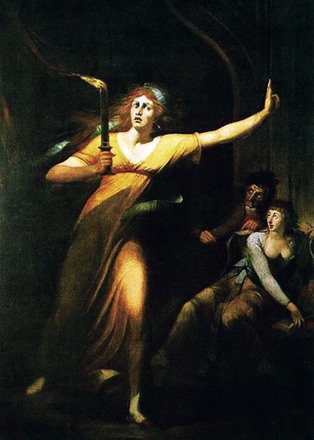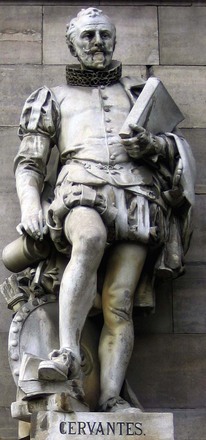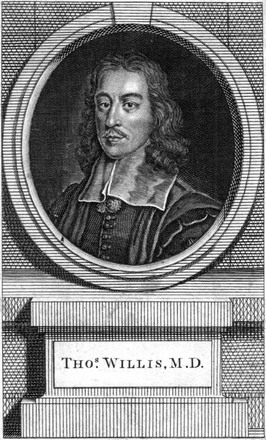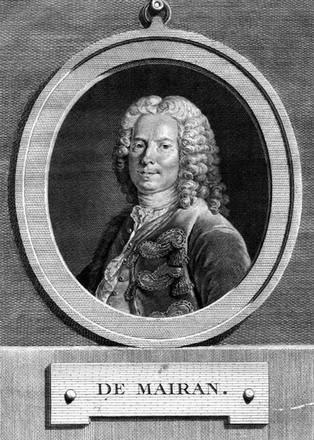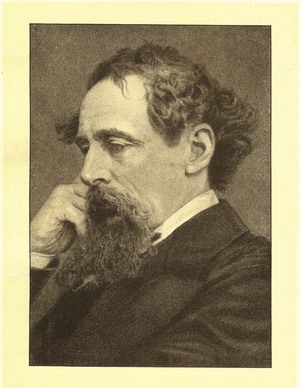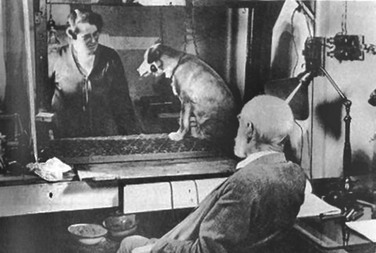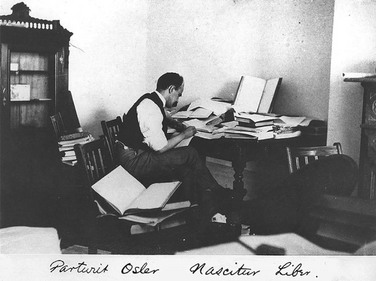Chapter 2 400 bce Hippocrates (Fig. 2-1). wrote, “I have known many persons in sleep groaning and crying out, some in a state of suffocation, some jumping up and fleeing out of doors, and deprived of their reason until they awaken, and afterward becoming well and rational as before, although they be pale and weak; and this will happen not once but frequently.” 360 bce Dionysius, the tyrant of Heraclea (Fig. 2-2). Historical documents describe Dionysius as immensely obese and record that he died “choking on his own fat.” His physicians may have used the first treatment of apnea (i.e., sticking needles through the skin to arouse him from sleep). —Athenaeus, The Deipnosophists, translated by C.B. Gulick 350 bce Aristotle (Fig. 2-3) wrote about sleep and waking, whether they are a function of the body or the soul, and the significance of dreams. He observed that all creatures sleep. —Aristotle, On Sleep and Sleeplessness, translated by J.I. Beare 1603 Shakespeare describes sleepwalking in Macbeth, act 5, scene 1 (Fig. 2-4): 1605 Miguel de Cervantes Saavedra (Fig. 2-5), in his novel The Ingenious Hidalgo Don Quixote of La Mancha, probably described rapid eye movement (REM) sleep behavior disorder in Part 1, Chapter 35: 1672 Sir Thomas Willis (of the circle of Willis) describes the features of restless legs syndrome (RLS). The condition will not receive a name until 1945 (Fig. 2-6). 1729 The first report of circadian rhythm was that of Jean-Jacques d’Ortous de Mairan, who set up an ingenious experiment using a mimosa plant that opened up its leaves at a certain time when it was sunny. He put the plant into a box so that there was no exposure to light, and the plant’s leaves still opened at the same time. This plant was able to keep track of time (Fig. 2-7). 1816 William Wadd, Surgeon Extraordinaire to the King of England, writes a monograph entitled “Cursory Remarks on Corpulence; or Obesity Considered as a Disease” in which he described sleepiness in obesity. One of his cases “became at length so lethargic, that he fell asleep in the act of eating, even in company.” 1818 John Cheyne describes the breathing pattern named after him in “A case of Apoplexy in Which the Fleshy Part of the Heart was Converted into Fat”: 1832 Just after the discovery in 1831 by Samuel Guthrie of chloroform (which was later used as an anesthetic agent), Justus von Liebig discovered chloral hydrate, perhaps the first widely used and abused hypnotic agent. 1836 Charles Dickens (Fig. 2-8) publishes The Posthumous Papers of the Pickwick Club. In this story he describes Joe, the fat boy whose symptoms of snoring and sleepiness form the basis of the first article to describe the Pickwickian syndrome, published in 1956. “And on the box sat a fat and red-faced boy in a state of somnolency” (Fig. 2-9). Figure 2-9 Joe, the fat boy, “in a state of somnolency,” The Posthumous Papers of the Pickwick Club. (Courtesy Meir H. Kryger.) 1862 Caffé in France is the first to describe a condition of hallucinations associated with sleepiness. It was incorrectly considered a form of epilepsy. 1864 Adolf von Baeyer discovers barbituric acid, the parent compound of the barbiturates. 1869 William Hammond publishes Sleep and Its Derangements. He uses the phrase “persistent wakefulness” to describe what would be called insomnia today. He also describes sleep state misperception, blaming the condition on increased blood flow to the brain. 1877 Karl Westphall is the first to describe sudden bouts of sleeping associated with loss of motor tone. 1880 Jean Baptist Edourd Gélineau is the first to use the term narcolepsy to describe a disease with irresistible sleep. 1890s Ivan Pavlov begins experiments on salivation in dogs in response to food and stimuli (Fig. 2-10). His experiments led to his description of the existence of conditioned reflexes, a concept important in the psychological treatment of insomnia. 1895 Nathaniel Kleitman, the first and most famous sleep researcher, is born. 1898 William Wells makes the association of nasal obstruction and daytime sleepiness: “[T]he stupid-looking lazy child who frequently suffers some headaches at school, breathes through his mouth instead of his nose, snorts, and is restless at night, and wakes up with a dry mouth in the morning, is well worthy of the selected solicitous attention of the school medical officer.” 1902 Leopold Löwenfeld makes the statement that narcolepsy is associated with cataplexy. 1902 Emil Fischer and Joseph von Mering synthesize barbital, marketed in 1904 by the Bayer Company as Veronal. This became the first widely used barbiturate hypnotic. 1918 William Osler, in Principles and Practice of Medicine, describes sleeplessness and mental symptoms, including drowsiness, in congestive heart failure (Fig. 2-11).
History of Sleep Medicine and Physiology
Timeline
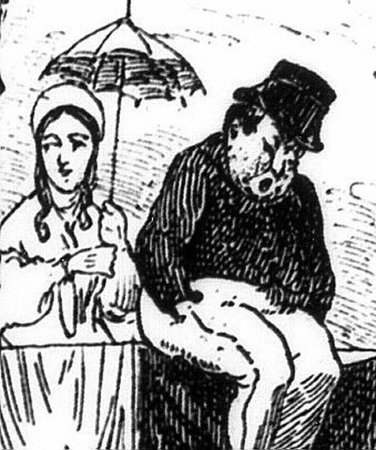
< div class='tao-gold-member'>
![]()
Stay updated, free articles. Join our Telegram channel

Full access? Get Clinical Tree


History of Sleep Medicine and Physiology
Only gold members can continue reading. Log In or Register to continue
